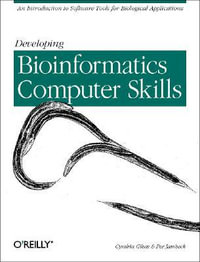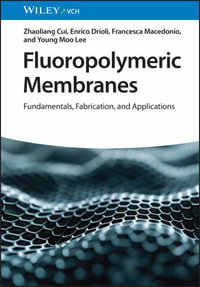
Engineering Turbulence Modelling and Experiments 6
ERCOFTAC International Symposium on Engineering Turbulence and Measurements ETMM6
By: Wolfgang Rodi
Hardcover | 5 May 2005
At a Glance
Hardcover
RRP $748.95
$664.25
11%OFF
Aims to ship in 5 to 10 business days
When will this arrive by?
Enter delivery postcode to estimate
2. Turbulence Modelling< BR id='CRLF'>
ISBN: 9780080445441
ISBN-10: 0080445446
Published: 5th May 2005
Format: Hardcover
Language: English
Number of Pages: 1012
Audience: Professional and Scholarly
Publisher: Pergamon
Country of Publication: GB
Dimensions (cm): 24.0 x 16.5 x 4.45
Weight (kg): 1.83
Shipping
| Standard Shipping | Express Shipping | |
|---|---|---|
| Metro postcodes: | $9.99 | $14.95 |
| Regional postcodes: | $9.99 | $14.95 |
| Rural postcodes: | $9.99 | $14.95 |
How to return your order
At Booktopia, we offer hassle-free returns in accordance with our returns policy. If you wish to return an item, please get in touch with Booktopia Customer Care.
Additional postage charges may be applicable.
Defective items
If there is a problem with any of the items received for your order then the Booktopia Customer Care team is ready to assist you.
For more info please visit our Help Centre.
You Can Find This Book In
This product is categorised by
- Non-FictionEngineering & TechnologyBiochemical Engineering
- Non-FictionEngineering & TechnologyMechanical Engineering & MaterialsMechanical Engineering
- Non-FictionEngineering & TechnologyIndustrial Chemistry & Manufacturing TechnologiesIndustrial Chemistry
- Non-FictionEngineering & TechnologyTechnology in GeneralEngineering in General
- Non-FictionEngineering & TechnologyMechanical Engineering & MaterialsMaterials ScienceMechanics of FluidsAerodynamics























